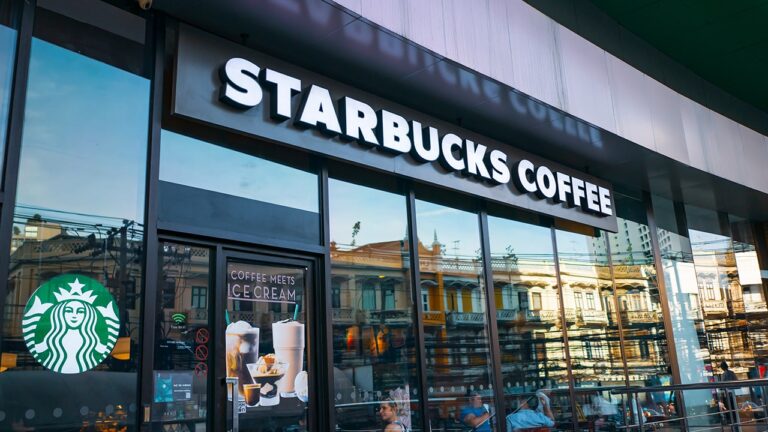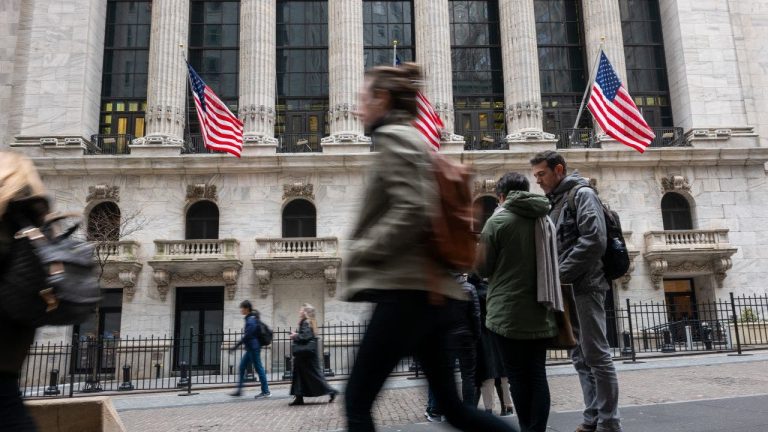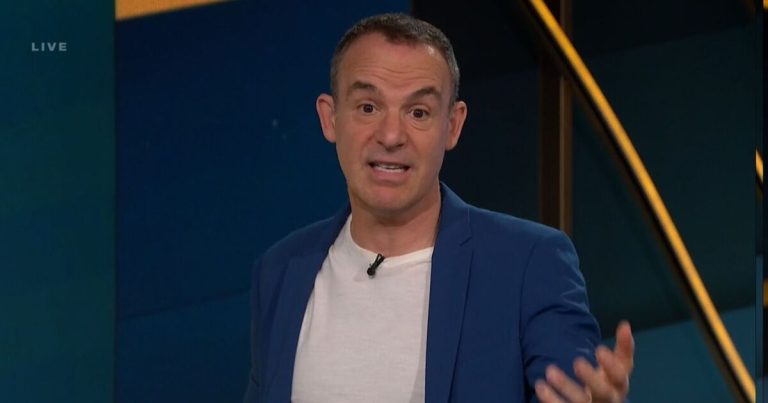
National Savings & Investments (NS&I) has announced significant changes to its interest rates starting today. In a move designed to benefit savers as the new tax year approaches, NS&I has increased the interest rate on its Direct ISA to 3.50% gross/AER, up from 3%.
However, in response to the changing savings market, NS&I will also reduce rates on some of its other products.
Notably, the prize fund rate on Premium Bonds will fall from 4% to 3.8%, effective for the April 2025 draw. Despite this reduction, the odds of winning remain unchanged at 22,000 to 1.
Additionally, the interest rate for the Direct Saver will reduce from 3.5% to 3.3% gross/AER, and the interest rate for Income Bonds will drop from 3.44% gross/3.49% AER to 3.26% gross/3.30% AER.
Andrew Westhead, NS&I retail director, said: “At a time when many savers are reviewing their ISA plans, I’m glad we have been able to increase our Direct ISA interest rate for those wanting to make the most of their tax-free savings allowance.
“We regularly review our products to ensure they reflect current market conditions. The changes we are making to Premium Bonds, Direct Saver and Income Bonds rates enable us to continue to balance the interests of savers, taxpayers and the stability of the broader financial services sector.”
He added: “Even with the change to the Premium Bonds prize fund rate, we are expecting more than 5.9 million tax-free prizes worth over £411 million to be won in the April 2025 draw.”
NS&I’s Direct ISA is a Cash ISA for customers aged 18 or over who are residents of the UK for tax purposes. Customers who have an NS&I Direct Saver can apply online for a Direct ISA and pay for it from their Direct Saver.
Experts warn that NS&I’s new Cash ISA deal still offers a rate “significantly below” the top deals on the market.
Laura Suter, director of personal finance at AJ Bell, said: “NS&I has hiked the interest rate on its Direct ISA to try to keep up with this competition. However, the 3.5% rate is still significantly below the top rates in the market, which hover around 5%.”
Ms Suter noted that many savers may still opt for the account despite sacrificing interest because of NS&I’s safety and brand recognition. All products offer 100% capital security, as NS&I is backed by HM Treasury.
However, Ms Suter pointed out: “Someone with £15,000 saved in their ISA will be sacrificing £230 interest a year by choosing NS&I’s ISA over the market-leading easy-access rate.”
She added: “Cash ISAs are now the top-paying accounts in the easy-access market, eclipsing the interest rates on offer from non-ISA accounts. This reflects that many more people are using ISAs to avoid tax bills on their savings interest.”
Top three easy-access Cash ISAs
According to data from Moneyfactscompare, the top three easy access Cash ISAs on the market include:
- Plum – 5.05% AER
- Chip – 5.03% AER / gross
- Trading 212 – 5.03% AER / gross.
What is a Cash ISA?
A Cash ISA is a type of savings account that allows UK residents to save or invest without paying tax on the interest earned, up to an annual limit of £20,000 for the 2024/25 tax year.
As interest rates have risen, more people are at risk of exceeding their personal savings allowance—the amount of interest they can earn per year without paying tax.
Currently, basic-rate taxpayers can earn up to £1,000 in interest tax-free, and higher-rate taxpayers have a £500 allowance. Additional-rate taxpayers receive no exemption and are taxed on all interest earned outside of tax-free accounts.
Ms Suter said: “Almost 2.1 million people are due to be hit with tax on their savings this year. As interest rates have risen more people have exceeded their personal savings allowance, meaning they will pay tax on their savings interest.
“The easiest way to avoid this is to stuff some cash into an ISA, where it’s protected from tax. For most it will be too late to take action to prevent a tax bill in the current tax year, but it’s worth using up ISA allowances this year before they reset on April 6 to avoid being landed with a bill next tax year.”








